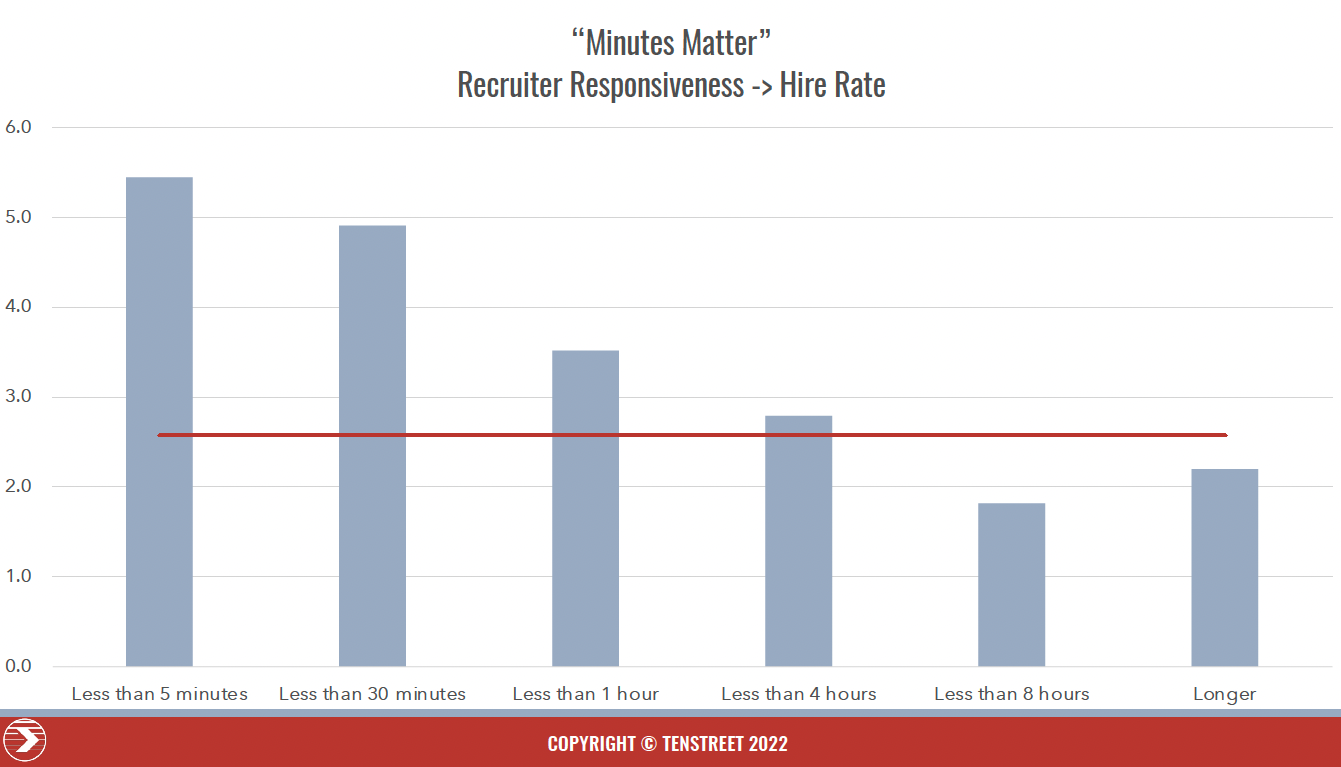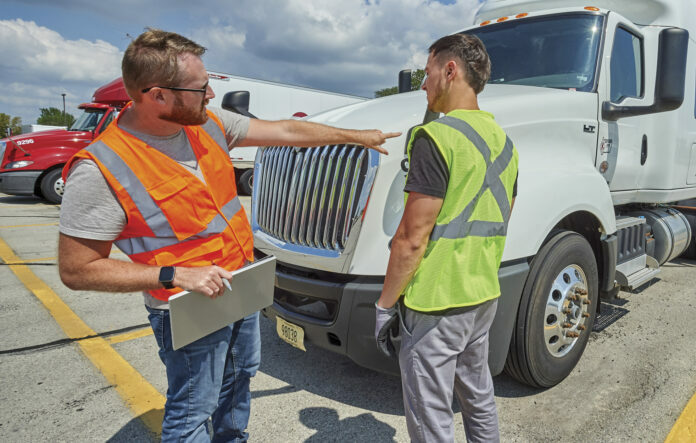Starting off, some companies keep their recruiting expertise in-house while others outsource finding truck drivers for their transportation business to 3rd parties. Regardless, the methods and techniques of how to hire truck drivers are basically universal and it doesn’t matter what type of CDL license drivers you need to hire (be it company drivers or owner operators).
We've already navigated through the highways and byways of major sources where you can find CDL truck drivers in our previous article. So we’ll just give you the gist of these candidate channels in a few bullet points:
- Social media platforms like Facebook and TikTok are the horsepower in your recruiting vehicle to attract and hire semi truck drivers.
- Job boards like Indeed, ZipRecruiter, Glassdoor, etc is a great place to find truck drivers looking for work. However, check your mirrors for the quality of these applicants. Make sure to create detailed truck driving jobs descriptions that include a summary of your job offer along with a required list of duties and responsibilities, preferred skills, pay, hometime and benefits info.
- Smart Trucking Talent Platform: a solution that simplifies the recruitment process for transportation companies, offering precision, speed, and results. Effortlessly find drivers and let drivers find you.
- Search Engine Optimization (SEO) and Google Ads are like greasing your business's wheels. It's a long haul, but you'll eventually reach enhanced brand awareness and inbound lead generation.
- An optimized corporate website or a dedicated landing page is your company's billboard on the information highway, helping convert potential drivers into actual hires.
- Driver referrals and an outstanding company culture are like the trusted old CB radio, securing hires through the grapevine.
Now, let's swap lanes and take a look at the view from the recruiter's driver seat and discover how to hire truck drivers.
Recruiter’s Response Time
Response time isn’t an obvious success factor, but every minute counts when a driver is serious enough about changing jobs to submit applications – especially given that over a third of drivers are increasingly more interested in switching carriers.
The “Minutes Matter” chart by Tenstreet below demonstrates the chances to hire a CDL driver based on how long it takes a recruiter to respond to that driver’s application.
The bottom line is self-explanatory: the more it takes you to reach out to candidates, the less you’re likely to hire these truck drivers.

No-Response and Passive Candidates
Even though you manage to call potential candidates within 30 minutes after receiving their Short Apps doesn’t guarantee that you’ll get connected and have a chat. The reason is simple: tractor trailer drivers are busy and spend most of their time on the road with short meal breaks. The industry average is at least 3-4 call attempts within 3-4 days if you’re looking to hire a semi truck driver.
Besides, professional drivers are chased by multiple recruiters and it’s often the case that their voicemail boxes are as jam-packed as a highway during rush hour. That’s why recruiting leaders admit that 40-60% of all applicants can go no-response and passive, which means you must lay on the horn and establish multiple touch points with candidates via all means of communication long before you’re able to hire truck drivers.
Engage, Nurture and Reactivate Candidates
It's time to shift gears and personalize your interaction. Automated emails and texts are a great way to engage candidates, but remember to follow the rules of the road (email and mobile carriers’ regulations) to ensure your messages don't end up in the ditch (spam folder).

Stay in touch with potential drivers across all social media platforms, be it Facebook, Instagram, TikTok, Google My Business, Driver Pulse by Tenstreet, website chat, etc. Your Application Tracking System (ATS) is like your truck's dashboard, keeping track of your recruiting journey and helping you navigate through the process of hiring. This makes recycling and reactivation of candidates a breeze once the time comes.
Vetting and Interviewing Driver Candidates
Religious adherence to the above points will fuel your Full Apps tank, paving the way for pre-screening unqualified or underexperienced candidates (OTR, hazmat or whatever you may need) when submitting their applications.
Remember, some drivers might inflate their experience like oversized truck tires, while downplaying their violations. So recruiters must perform background checks of all shortlisted candidates.
After receiving MVR and PSP reports, it's time to check under the hood, vet every candidate, and line up interviews with those who look like they could handle your rig.

As a rule interviews are conducted over the phone and they give you the big picture of each candidate. We won’t go into the nitty-gritty of how to interview CDL drivers and what questions to ask because it’s another story and is mostly about psychology and interpersonal exchange provided that technically the driver fits the role (sufficient experience, clean driving record, necessary certifications and endorsements, the right skillset, etc).
Next, schedule drug tests for those who pass the interview. It's best to find the nearest lab to the driver and send them a friendly reminder like a trucker's honk.
Orientation and Training
We’re heading for the final mile of the typical hiring process. Upon getting the drug test results it’s time to schedule orientation. It’s a good industry practice to buy tickets or rent a car for a driver you’re about to hire and remind him/her of the orientation date 2-3 days before.
Nowadays companies arrange the bigger part of orientation online via their ATS accounts. Recruiters and/or onboarding specialists would record necessary videos, provide the knowledge base and share all the materials with the driver well in advance. Such an approach helps reduce orientation time to just 1 day since drivers are expected to have familiarized themselves with all requirements and materials before attending live classes.

The bottomline of the whole orientation process is for drivers to pass a road test and demonstrate their skills in tarping and securing a load, in case they’re going to drive flatbed trucks. This final roadblock ensures they can handle the equipment and carry out their duties. All tasks and tests passed, it’s high time to welcome new drivers to your family.
Post Hire Follow-up
A good industry practice is for recruiters to call the drivers they hired in 2-3 weeks and get some feedback on their impressions, experiences and the routine in general. Such enter phone polls provide valuable info for onboarding new employees and give some insights into your corporate culture.
Finally, yet importantly, some companies keep track of their recruiters’ performance and efficiency (hired drivers vs terminated ones within the 1st employment month, drivers’ retention info per each recruiter, etc). This data is like a rear-view mirror, reflecting the effectiveness of your hiring cycle and aiding in strategy refinement.
Are high turnover rates among your truck drivers a concern? Explore effective strategies to decrease truck driver turnover truck driver turnover rate in our informative article. Discover proven techniques for driver retention, from improving working conditions to fostering a supportive company culture. Start reducing turnover and boosting driver satisfaction today!




